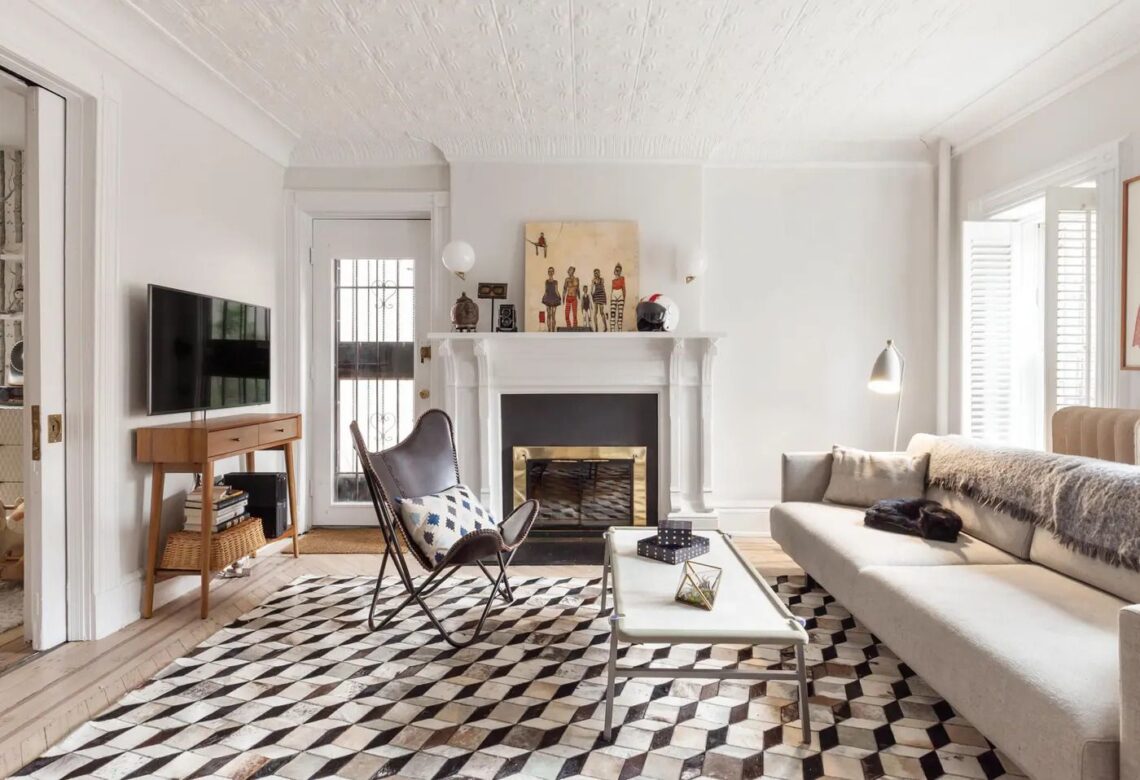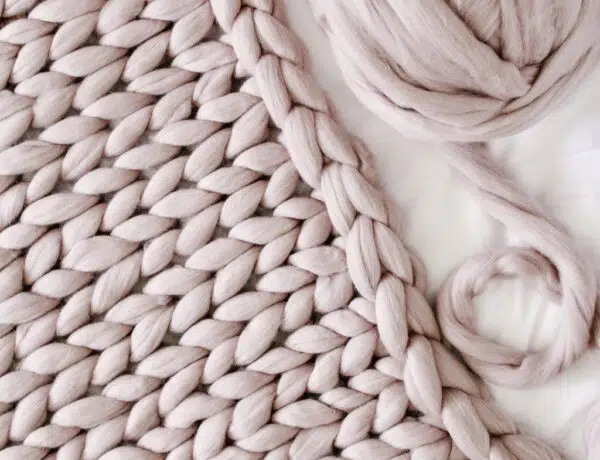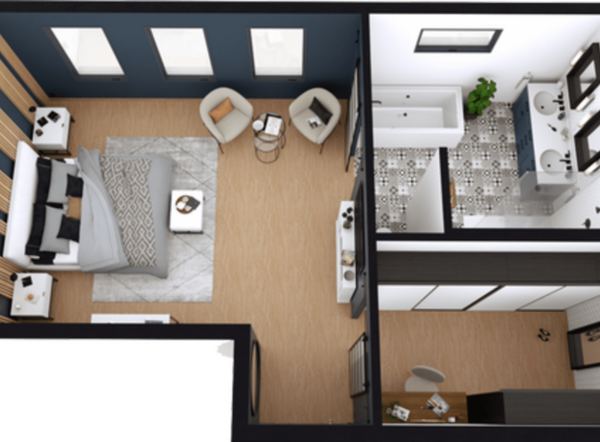Adding an area rug to your space is a great way to bring in color, texture, and pattern to enhance your décor. However, choosing the right rug that complements your existing décor can be challenging. Here are some dye coordination tips that can help you choose the perfect area mat for your home.
Consider the Room’s Function and Style
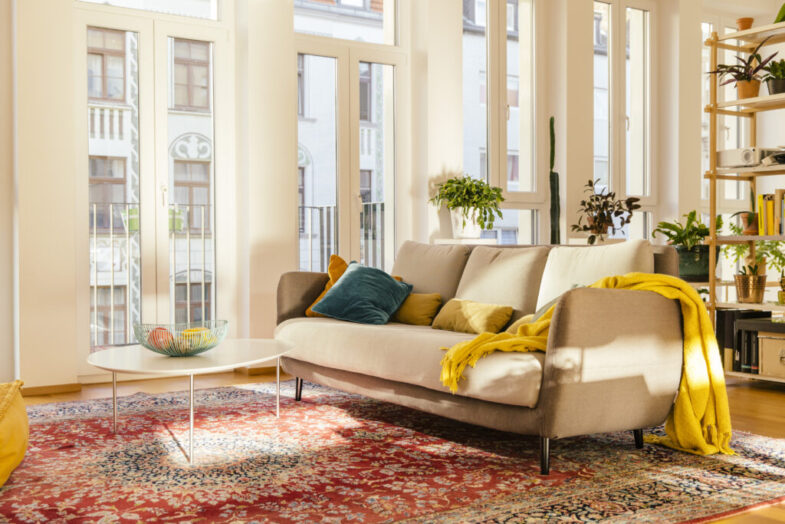
Source: mymove.com
When it comes to selecting the perfect area rug for your home, one of the most important factors to consider is the room’s function and style. The area rug should not only complement the existing décor but also serve a practical purpose for the room’s intended use.
The function of the Room
Before selecting an area rug, consider the function of the room. Is it a high-traffic area, like a living room or hallway, where durability is essential? Or is it a bedroom or study where comfort is more important? The intended use of the room should guide your choice of materials and construction.
Style of the Room
The style of the room is another crucial factor to consider. Is your décor modern, traditional, or eclectic? The mat should complement the existing décor and enhance the room’s style. For example, a shag carpet might work well in a modern, minimalist room, while a Persian rug might complement a more traditional décor.
Color Scheme
The color scheme of the room should also be taken into consideration. The mat should complement the existing color palette and tie the room together. If the walls are a neutral dye, a rug with bold, bright colors can add visual interest. On the other hand, if the walls are a bold tint, a more subdued rug might be a better choice.
Size and Placement
Finally, size and placement should be considered. A carpet that is too small for the room can make it feel disjointed, while a rug that is too large can overwhelm the space. As a general rule, the mat should be large enough to fit under all the furniture in the room or at least anchor the main seating area.
Choose a Dominant Color
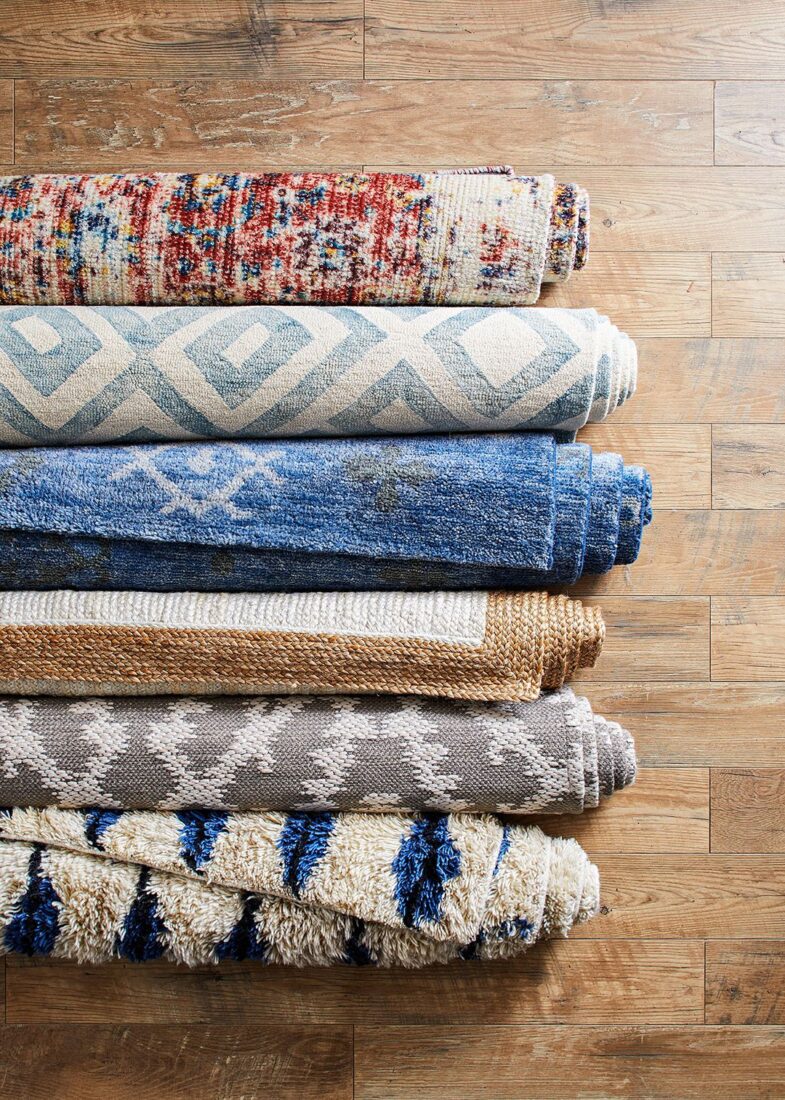
Source: bhg.com
When selecting an area rug, choose a dominant tint that matches or complements your existing décor. The dominant color should be the one that stands out the most on the mat. For example, if your walls are painted a light blue, you might want to choose an area carpet with a dominant blue dye.
Create Contrast
Creating contrast is an important design element when choosing an area carpet. Contrast can add visual interest and depth to a room, and can be achieved in several ways when selecting a carpet.
Color
One way to create contrast is by selecting a mat with a color that contrasts with the colors in the room. For example, if your room features mostly neutral colors, a bold, bright rug can create a striking contrast. Conversely, if your room has bright or bold colors, a more subdued or neutral carpet can create a calming contrast.
Pattern
Patterns can also create contrast. If your room features mostly solid colors, consider choosing a mat with a bold pattern to add visual interest. Conversely, if your room has many patterns, choose a carpet with a more subtle pattern or solid stain to balance the overall design.
Texture
Texture is another way to create contrast in a room. For example, a shag carpet can create a tactile contrast in a room with mostly smooth surfaces. Alternatively, a flat-weave carpet can create a textural contrast in a room with plush upholstery.
Consider Pattern and Texture
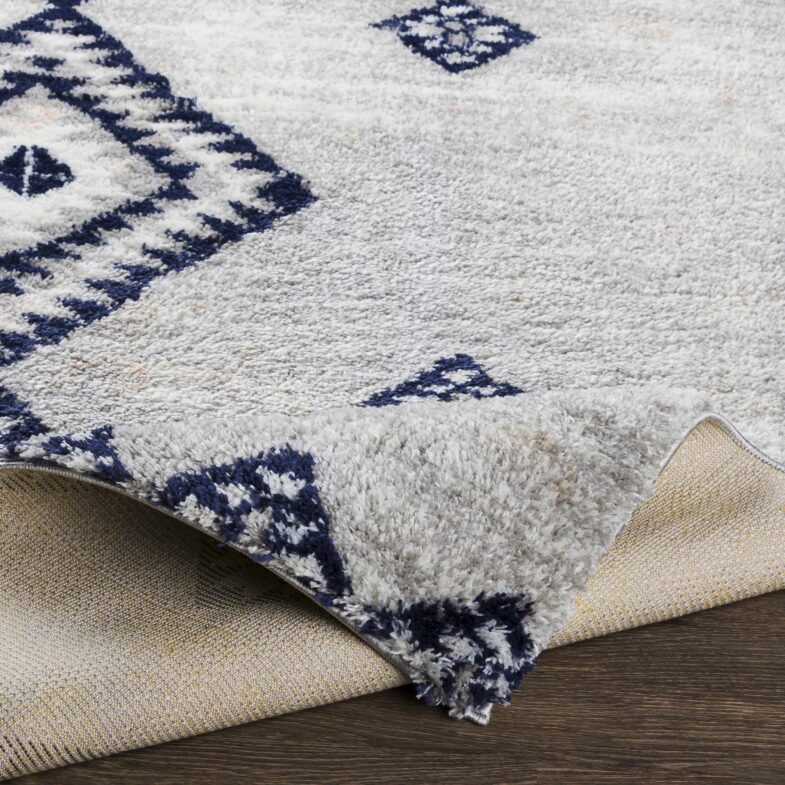
Source: boutiquerugs.com
The pattern and texture are just as important as its color. If your décor features a lot of patterns, consider choosing a rug with a solid color or a subtle, complementary pattern. On the other hand, if your décor is mostly solid colors, choose a carpet with a bold pattern or texture to add visual interest.
Coordinate with Furniture
When choosing an area rug, it’s important to consider how it will coordinate with the furniture in the room. The mat should complement the furniture and create a cohesive design aesthetic. Here are some tips on how to coordinate your mat with your furniture:
Color and Material
One way to coordinate your carpet with your furniture is to choose a color that matches or complements your furniture. If your furniture has a bold pattern or bright colors, consider a solid-colored rug in a complementary or neutral tone. If your furniture is more neutral, you can choose a mat with a bolder pattern or color to add visual interest to the room.
Size and Placement
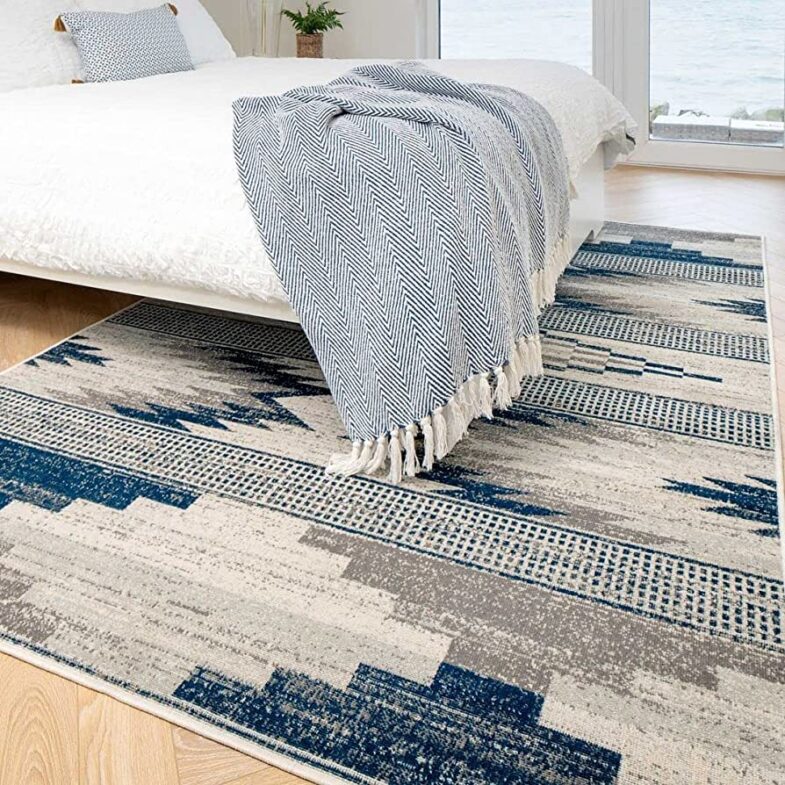
Source: amazon.com
When coordinating your mat with your furniture, it’s also important to consider size and placement. The carpet should be large enough to anchor the furniture and create a cohesive design. For example, in a living room, the front legs of the furniture should be on the carpet to create a unified seating area.
Style
The style of the carpet should also coordinate with the style of the furniture. For example, a modern, minimalist room may benefit from a solid-colored rug with clean lines, while a traditional room might benefit from a more ornate carpet with a classic pattern.
Take into Account Lighting
Lighting can significantly affect how colors appear in space. When selecting an area rug, take into account the amount and type of lighting in the room. If your room is naturally bright, choose a carpet with colors that will pop in the sunlight. If your room is dimly lit, opt for a mat with warm, rich colors that will create a cozy atmosphere.
Conclusion
Choosing the right area rug can transform your space, but it requires careful consideration of the colors, patterns, and textures that will complement your décor. By considering the room’s function and style, choosing a dominant color, creating contrast, considering pattern and texture, coordinating with furniture, and taking into account lighting, you can select the perfect mat to enhance your home’s design.

